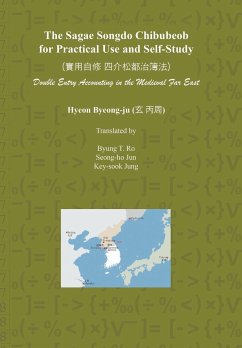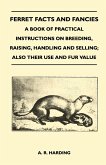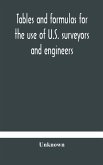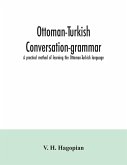This book is about Kaeseong Bugi, a double entry method invented independently in Korea. Although invented about 200 years earlier than Western double entry accounting, it is remarkably similar in fundamentals to Western accounting; it recognizes the duality of individual transactions and ensures the balancing feature of debit and credit not only for individual transactions but also for their aggregations. It does so using the so-called Sagae, a 4-way classifi cation scheme (asset, liability, revenue, and expense). Despite this, it has received little attention among scholars. The oldest yet most complete book on Kaeseong Bugi is Sagae Songdo Chibubeob by Hyeon Byeong-ju which illustrates in detail how Kaeseong Bugi works. It is written in Chinese and old-style Korean characters, thus not easy to read-a main reason why this English version is published. The book can be a valuable resource for those who have an interest in accounting history.








